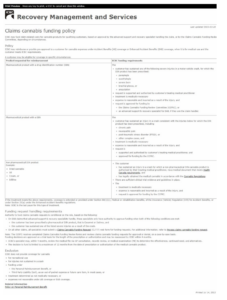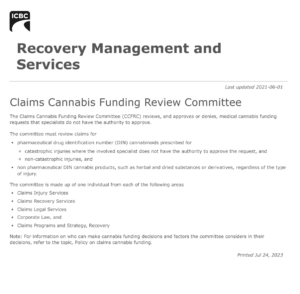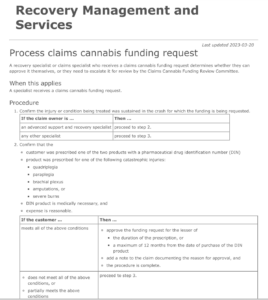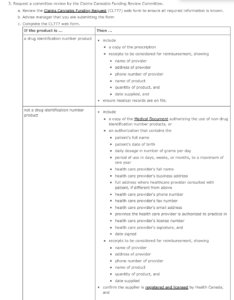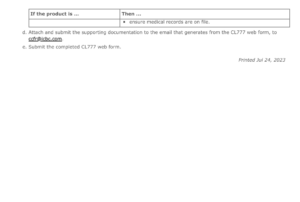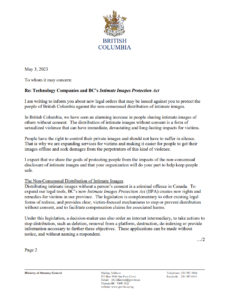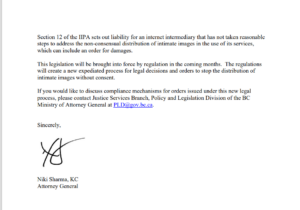Crash Victims Lose. ICBC Wins. A Story Of ICBC “Enhanced Care” And Sick Bank Benefits
The government replaced British Columbians right to sue careless drivers with what they call ICBC ‘enhanced care’. Sounds good right? Nice soundbite but of course the devil’s in the details and the truth is there is nothing ‘enhanced’ about the reality BC crash victims face. This week the latest case was published by the Civil Resolution Tribunal telling British Columbians the harsh truth about how ICBC income replacement benefits work.
In this week’s case (Nishimura v. ICBC) the Applicant was injured in a vehicle collision. She was employed as a heatlh care worker and the injuries rendered her disabled for a period of time. She asked ICBC to pay her wage loss but the corporation told her to drain her banked sick time benefits instead.
The Applicant used up the benefits. She then asked ICBC to reimburse them as she may need them for future disability and would be entitled to a payout of 40% of their value when she retired from her job. ICBC said too bad, the law makes her bear the burden.
The Applicant applied to the CRT for relief but the Tribunal, other than basically acknowledging the harsh law is not fair, said nothing can be done. The reasons speak for themselves. The law is rigged. Crash victims lose. ICBC wins.
- I acknowledge Ms. Nishimura’s submission that the legislated accident benefits scheme is “not fair” to accident victims. Although she argues that no matter what has been legislated, she should be made whole by receiving reimbursement for her sick bank time, I am bound by the legislation. I note the legislation does not require ICBC to make Ms. Nishimura “whole”, but instead sets out ICBC’s obligations under its insurance policy. In this case, the legislation does not require ICBC to pay income replacement benefits when Ms. Nishimura had access to “other compensation” for the same loss. As noted, I am bound by the legislation, and therefore Ms. Nishimura’s claim is dismissed.
